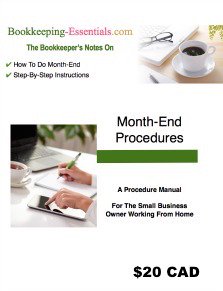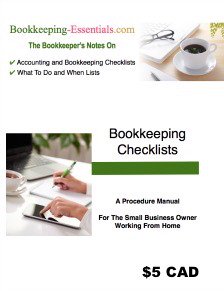Corporate Dividends Payable
by Bernice
(Fort St John)

Captial vs Common Dividends
When a corporation pays dividends to it's shareholders, what are the bookkeeping entries?
You would credit the bank - what is the debit side of the entry?
Thanks, Bernice

Hey Bernice,
When the dividends are declared by the board of directors, your bookkeeping entry would be:
DR Retained Earnings (equity account on your balance sheet) ... OR
DR Dividends or Dividends Declared (an equity account that is cleared to retained earnings at year-end)
CR Dividends Payable (current liability account on your balance sheet)
When you pay the dividends to the shareholders, your bookkeeping entry would be:
DR Dividends Payable
CR Cash in Bank
Hope this is the information you were looking for.
Comments for Corporate Dividends Payable
|
||
|
||
|
||
|
||
|
||
|
||
|
||
|
||
|
||
|
||
|
||
|
||
Enjoy A Tea Break With
Me Today. Let's Chat!
Use the search feature to quickly find the
information you're looking for.
Join Me On Facebook
Help support this site by "liking" me! Here's where I post current information.
Listed Under Websites NOT Local Business.
This website is NOT associated with the business operating in Bonnyville AB.



